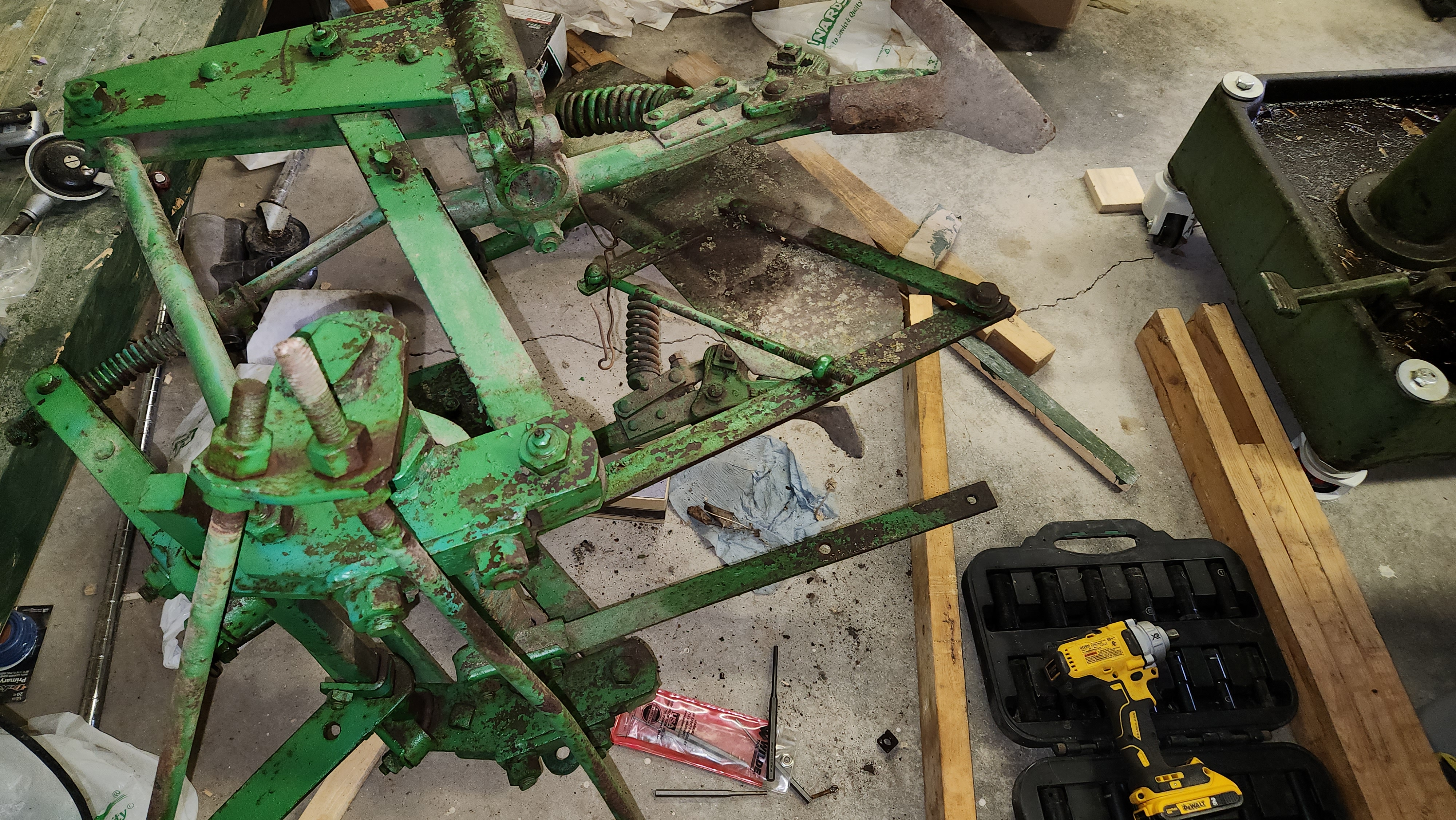

Sure, when linux loads are process it follows a standard procedure to see how to run the file. If the file has ELF markers it runs the process via the ELF loader. If the file has #! as the first then it uses a different process to run that script. (I doubt a.out executable format is supported anymore, but that at least used to be an option). There is no reason you cannot hack this process to detect windows executable and then use wine to load/run the application. I’m not sure why nobody has done this, but the basic things have been supported in linux for decades.




i last looked into this about 20 years ago. I concluded I could make it work but I don’t use wine enough to bother.